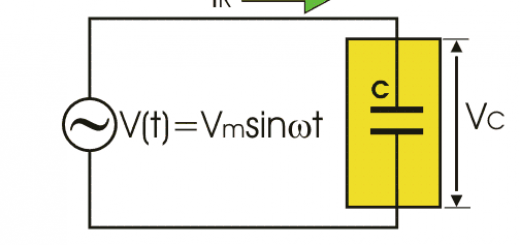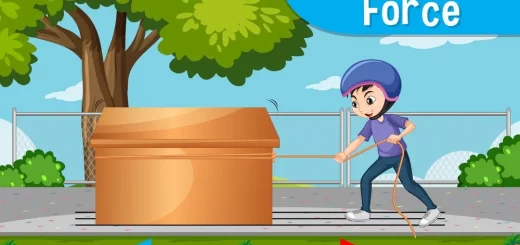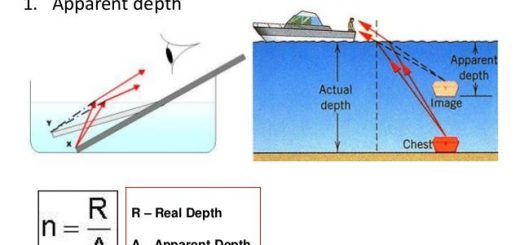Role of waves in transferring energy, Wave Motion, Transverse waves and Longitudinal waves
The wave is the disturbance that propagates and transfers energy in the direction of propagation, Jacuzzi is considered a natural bath because it is used to treat sprains and cramps by using hot water, and nervous tension by using cold water.
What is meant by waves?
If you throw a stone in water or when a drop of water falls on a surface of still water, a disturbance will occur, This disturbance will transfer from a drop to another on the water surface which appears in the form of concentric circles, These concentric circles are known as water waves. The propagation of these circles on the water surface represents wave motion.
Role of waves in transferring energy
Arrange the dominoes pieces in a row at equal distances from each other, then push the first piece, all the pieces fall one after the other, as well as they, don’t change their positions after falling, When the first domino piece falls, it will transfer its energy to the second piece, which falls transferring its energy to the third one, and so on, The transfer of energy continues and the pieces do not change their positions in the row.
Pushing the first piece of domino creates a disturbance that propagates and transfers energy in the direction of propagation is known as the wave. The wave is the disturbance that propagates and transfers energy in the direction of propagation.
Concept of wave motion
Get an open-ended hollow glass tube 30 cm long, A candle, A burning incense stick, A tuning fork, then fix the glass tube horizontally, Put the burning candle at one end of the tube and the incense stick at the other end. Finally hit the tuning fork and place it near the incense stick. The flame of the candle vibrates to the right and left, and the smoke of burning insense stick does not appear from the other end of the tube.
The energy is generated when the tuning fork vibrates this energy is transferred by the medium particles (air and smoke particles) through the tube to the flame of the candle in the form of sound waves. The medium particles vibrate without moving from their places during the propagation of sound waves which carry energy to the candle flame.
The movement resulting from the vibration of the medium particles at a certain moment in a specific direction is known as wave motion and the direction of progression of the wave is known as the line of wave propagation.
Wave motion is the periodic motion produced as a result of the vibration of the medium particles at a certain moment and in a definite direction, The line of wave propagation is the direction of progression of the wave.
Sea beach erosion is caused by the waves of water, Because the waves of water transfer the energy in the same direction of their propagation, then hitting the beaches strongly, leading to their erosion.
The flame of a candle vibrates forward and backward if we put the candle in front of a loudspeaker because the sound waves produced from the loudspeaker propagate carrying the energy in the same direction of propagation causing the vibration of the candle flame.
Types of waves
Waves are classified according to:
- the direction of vibration of medium particles relative to the direction of wave propagation into transverse waves and longitudinal waves.
- The ability of the wave to propagate and transfer energy into Electromagnetic waves and Mechanical waves.
Transverse waves and longitudinal waves
Get a spring, a coloured tape, and a nail. Tie the coloured tape in the middle of the spring then fix one end of the spring to a wall using the nail. Move the free end of the spring up and down or right and left perpendicular to the axis of the spring.
The coloured tape vibrates in its place in a direction perpendicular to the direction of the movement of rings of spring which move up and down forming crests and troughs. The coloured tape vibrates in its place along the direction of the movement of rings of spring which are too close to each other in some areas forming compressions and are far away from each other in some areas forming rarefactions.
If we considered that the movement of rings of spring represents wave motion. So Direction of movement of rings of spring represents the direction of wave propagation. The direction of vibration of coloured tape represents the direction of vibration of medium particles.
The medium particles vibrate around their rest positions without transferring during the wave propagation, The wave at which the medium particles vibrate in the direction perpendicular to the direction of wave propagation is called transverse waves, The wave at which the medium vibrates along the direction of wave propagation is called longitudinal waves.
Transverse wave is a disturbance in which the particles of the medium vibrate perpendicular to the direction of wave propagation. The crest is the highest point of the particles of the medium in the transverse wave, A trough is the lowest point of the particles of the medium in the transverse wave.
A longitudinal wave is a disturbance in which the particles of the medium vibrate along the direction of wave propagation. Compression is the area in the longitudinal wave at which the medium particles are of the highest density and pressure, The rarefaction is the area in the longitudinal wave at which the medium particles are of the lowest density and pressure.
In the wave motion curve: The crest of the transverse wave is equivalent to the centre of compression of the longitudinal wave, The trough of the transverse wave is equivalent to the center of rarefaction of the longitudinal wave.
Physiotherapy tubs (Jacuzzi)
Physiotherapy tubs (jacuzzi) is a tub where water moves in the form of circular waves and it is found in most health clubs. It is used to treat sprains and cramps by using hot water and nervous tension by using cold water.
Types of motion, Relative motion, Applications of Mechanical waves & Electromagnetic waves
Laws of circular motion (Centripetal Acceleration, Tangential linear Velocity & Centripetal Force)
Properties of Mechanical waves and Electromagnetic waves
Laws of Circular motion & Types of centripetal force
Oscillatory Motion definition, examples, applications & properties













